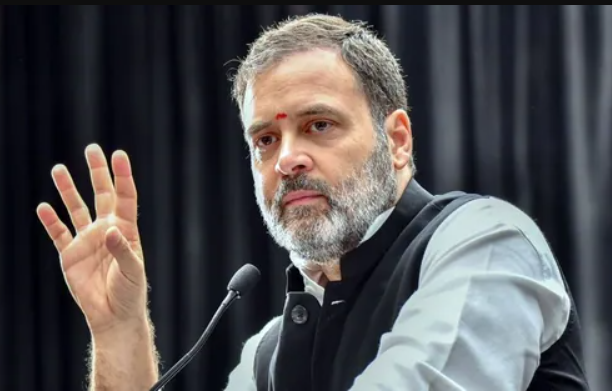After making a strong impact with his “Bharat Jodo Yatra” (Unite India Rally), Rahul Gandhi is now gearing up for a significant tour to Managad, Rajasthan. This carefully planned tour aims to connect with the tribal areas and the revered site of Govind Guru.
With the upcoming state assembly elections in Rajasthan, Rahul Gandhi’s visit to Managad is expected to generate more excitement in the political arena. He is targeting around 16 constituencies where tribal communities hold a significant presence, intending to deliver a clear and direct political message. Managad is particularly important for three states – Rajasthan, Gujarat, and Madhya Pradesh – as it acts as a crucial link to the Adivasi community.
What’s interesting is that Managad’s influence on the Adivasi people remains strong, regardless of whether the Bharatiya Janata Party (BJP) or Congress is in power. The spiritual significance of Managad has historically served as a way to communicate with Adivasi communities across state borders.
Rahul Gandhi’s strategy involves engaging with regions like Wagad and Udaipur, where he aims to share his political message with the Adivasi community. This timing is crucial, especially as neighboring states like Madhya Pradesh are also preparing for their own state assembly elections.
Upon his return to parliamentary duties, a large public event is being planned, expected to attract a huge crowd. The meticulous organization of this event by the state Congress headquarters highlights the significance of Rahul Gandhi’s presence in Rajasthan.
The impact of Rahul Gandhi’s visit to the southern tribal areas of Rajasthan cannot be underestimated. It is likely to have a direct influence on more than a dozen tribal constituencies, potentially making waves in neighbouring states like Madhya Pradesh.
Turning our attention to the evolving political scenario in Dungarpur, recent times have witnessed notable shifts and changes. In the last elections, the Bharatiya Tribal Party (BTP) managed to weaken Congress’s dominance in Dungarpur. BTP’s MLAs from Chorasi and Sagwara constituencies, Rajkumar Roat and Ramprasad, have now aligned themselves with the Congress government. Adding a new dimension is the emergence of the Bhartiya Adivasi Party (BAP), which is gaining attention and support. Interestingly, both BTP MLAs are in the process of forming an alliance with BAP, hinting at potential political realignments.
Currently, Congress holds the Dungarpur seat, represented by Ganesh Ghoghra. In contrast, the Aspur seat is under the jurisdiction of the Bharatiya Janata Party (BJP), with Gopichand Meena consistently securing victories.

















